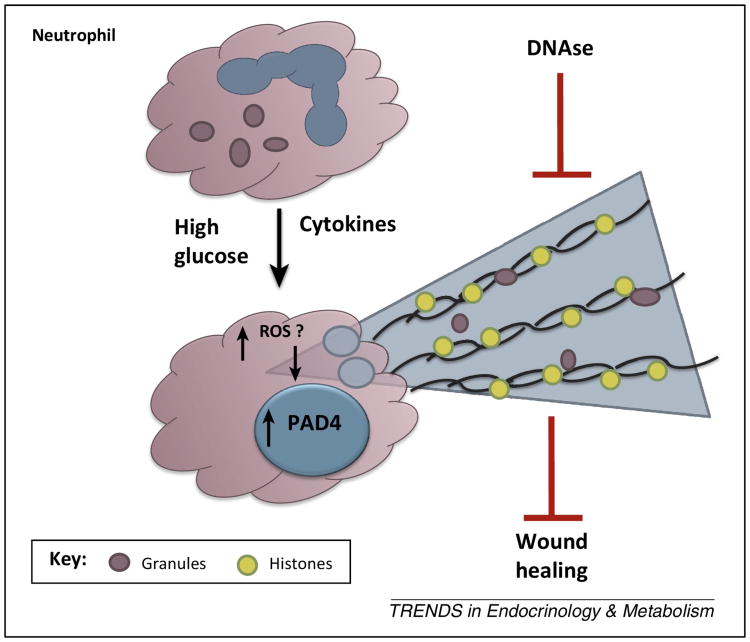Figure 1. Increased release of neutrophil extracellular traps (NETs) through the process of “NETosis” is triggered by high glucose in diabetes and inhibits wound healing.
High glucose primes neutrophils to undergo NETosis in response to inflammatory stimuli by upregulating PAD4 expression in a manner that potentially is downstream of reactive oxygen species (ROS). PAD4 catalyzes the citrullination of histones that causes decondensation of the chromatin DNA that is released as NETs. The presence of DNAse-sensitive neutrophil NETs in skin wounds impairs wound healing in diabetes.

